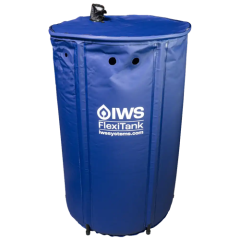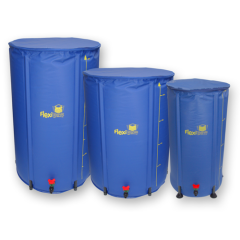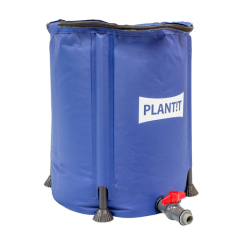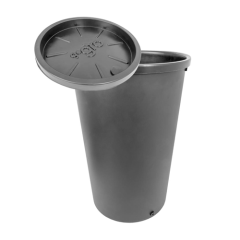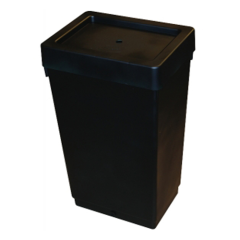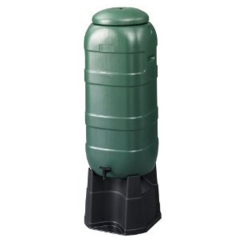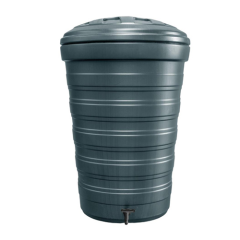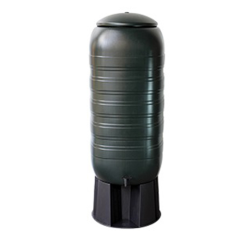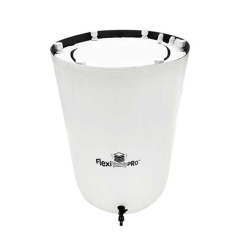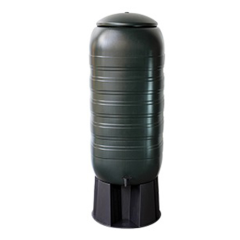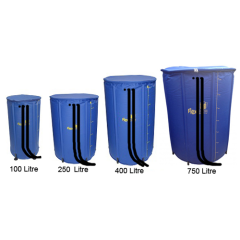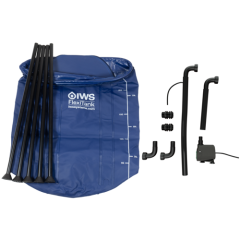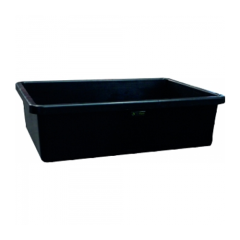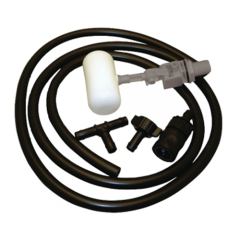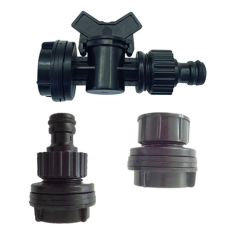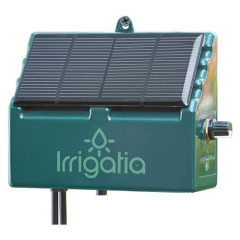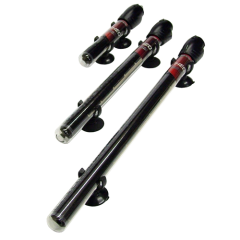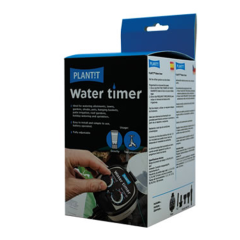- Call an expert today! 0208 808 4321
 Store Locator
Store Locator
Tanks & Reservoirs
What is a Hydroponic Tank?
A hydroponic tank, also known as a hydroponic reservoir, is a key component of any hydroponic system. It stores and distributes nutrient-rich water to plants, ensuring optimal growth without soil. Common types include the AutoPot FlexiTank, the FlexiTank Pro, and the PlantIt Flexitank. Selecting the right water reservoir for hydroponics depends on the system type, plant count, and space availability.
How to Clean a Hydroponic Tank
Regular cleaning of your hydroponic water storage tank is crucial to prevent algae, bacteria, and salt buildup. Follow these steps:
- Drain and rinse: Empty the tank completely and rinse it with clean water.
- Scrub surfaces: Use a soft brush and mild, plant-safe cleaning solution to remove residue.
- Disinfect: Sanitize with a diluted hydrogen peroxide solution to kill pathogens.
- Flush: Rinse thoroughly to avoid chemical residue in the hydroponic nutrient reservoir.
- Inspect: Check for cracks or leaks that could compromise the system.
How to Cool a Hydroponic Reservoir
Maintaining the right temperature in your hydroponic reservoirs is essential to avoid root rot and nutrient imbalances. Ideal temperatures range from 18–22°C (65–72°F). Here’s how to cool your reservoir:
- Use a water chiller: A chiller keeps the water temperature stable in systems like deep water culture reservoirs.
- Insulate the tank: Reflective insulation can reduce heat absorption in the water tank for hydroponics.
- Add ice packs: For smaller systems, frozen bottles of water can provide a quick, temporary fix.
- Monitor temperatures: Use a thermometer to track and adjust as needed.
How Big Should a Hydroponic Reservoir Be?
The size of your hydroponic nutrient reservoir depends on the type of system, plant size, and growth stage.
- Deep water culture systems: Require larger reservoirs as plant roots are fully submerged.
- Ebb and flow systems: Typically need a reservoir that can hold at least 1.5 times the total volume of water required for one flood cycle.
- For most setups, plan for at least 1 gallon of water per plant to avoid frequent refills and ensure nutrient consistency.
How to Clean Hydroponic Reservoirs
Cleaning your hydroponic water tank is an ongoing process to ensure plant health.
- Weekly maintenance: Empty and rinse the reservoir with water, especially if using organic nutrients.
- Monthly deep clean: Disassemble the system and clean all components, including pumps and tubing.
- Avoid harsh chemicals: Only use plant-safe solutions to avoid contamination.
Consistent cleaning, temperature control, and appropriate sizing of your hydroponic water storage tank and reservoirs will ensure a thriving hydroponic system, maximizing plant health and yield.
Copyright © 2024 Hyjo Store. All Rights Reserved.









